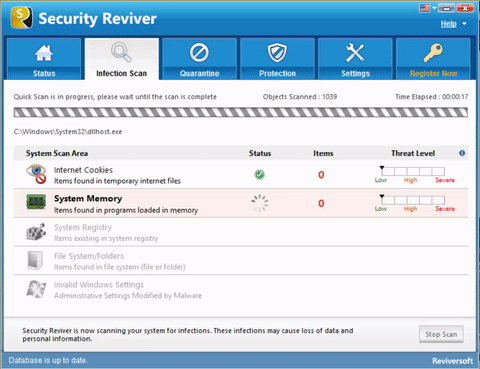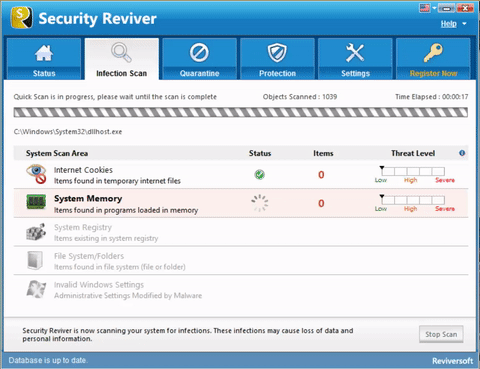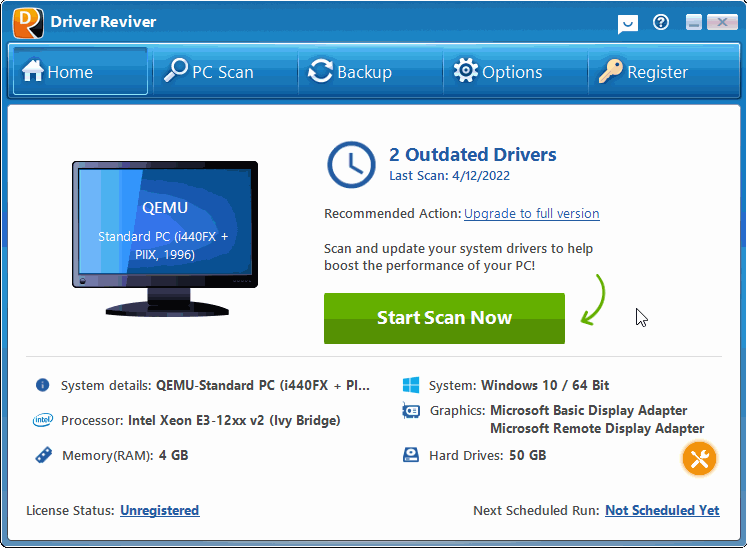When Windows is not booting, it gets difficult to locate the source of the issue and the reason why Windows 10 won’t boot.
However, there is no reason for you to feel hopeless if Windows 10 PC doesn’t boot. Even if things appear bleak for the PC, you can try out different fixes before it is beyond repair. Windows 10 offers different methods that you can use to solve the Windows 10 won’t boot issue. There are a few techniques that you will be able to carry out all by yourself.
Here the steps that you can take if your Windows PC fails to boot up.
Repair Windows Startup
If Windows 10 won’t boot, you can repair Windows Startup. Windows 10 has a built-in startup repair option. It scans and repairs the damaged or missing startup system file. For accessing the Windows Startup, you would require either a flash drive or Windows 10 installation disc.
- Insert the original installation DVD or USB key in the computer.
- Restart the PC. It will boot straightway to recovery media.
- Now, click on ‘Next’ on the Setup screen and then choose ‘Repair Your Computer’.
Note: If you don’t have the installation disc, you can press the F11 key multiple times as soon as you power on the computer.
- It opens Boot options where you can troubleshoot several Windows problems. Go to Troubleshoot -> Advanced Options -> Startup Repair.
- Once you click on ‘Startup Repair’, Windows is going to scan and restart the PC to check the system files it can fix.
- However, you might need Microsoft account authentication. If it finds a problem, it is going to fix it automatically.
If this doesn’t work, you can also consider using the System Restore option by navigating to Troubleshoot -> Advanced Options -> System Restore.
This will show you the previous restore points where you can revert back to an older point where your computer was working fine. It won’t delete any of your personal files present on your computer.
Try out Windows Safe Mode
When Windows 10 won’t boot, one of the most unusual fixes is Safe Mode. This is an alternative boot scheme that can start your computer with minimum software. With the modified boot process, you can solve software and driver problems. The usual thing is at times starting the computer in Safe Mode will fix boot issues. What’s interesting is if you start the computer in Safe Mode it will fix boot problems. So, it is an easy and effective solution.
- Restart the PC and once Windows tries to boot itself, shut down the computer immediately using the power button. Doing this process 3-4 times will force the PC to enter the Safe Mode simply by interrupting the booting process.
- Go to Troubleshoot -> Advanced Options -> Startup Settings -> Restart.
- The PC will restart and select the option Safe Mode from the list.
- Now use an antivirus to scan your computer for any virus. You can also take a backup of all your important files and photos.
Check the Motherboard Connections
In case you are getting a blank screen while you are trying to start Windows, check if the hardware is where it should be. Here are the main components that you need to check when Windows 10 won’t boot.
- RAM/Memory: RAM looks like thin little sticks that you can easily dislodge if you have ever knocked the PC around. Present-day laptops generally hold the RAM in a bay on the underside that you will not have to open the whole thing in order to take a look. So, open the RAM bay and take out the RAM, and slot it back to ensure it is well connected.
- PCI-E Cards: Even though it is unlikely but it’s possible that a disconnected GPU or some other PCI-Express device is causing Windows to fire a blank. So, ensure that it is connected properly.
- OS Hard Drive: Another possibility your Windows 10 won’t boot is that the main Windows hard drive got disconnected from the motherboard. Press the SATA cables and make sure it is connected.
Test the Battery
In case you are using a laptop, and Windows 10 won’t boot, it can be due to battery issues. Use a different charger cable to check if it resolves the problem. You can also check if the cable is working out by attaching it to a friend’s laptop. Further, take out your laptop’s battery and power on the laptop without the battery using your power outlet only.
Once you remove the battery, you will come to know if there is some problem with the hardware. Make sure that you are testing one thing at a time. In case a power problem interferes with the startup, it is important that you know if the charging cable, battery, or some other component needs replacement.
Remove All Connected USB Devices
If Windows detects a conflict with an attached USB device to your computer, windows won’t boot at all. This can be easily solved by removing all the connected USB devices like Pendrive, External Hard drive or external peripherals such as printers and scanners.
Restart your computer and check if the windows not booting issues get resolved.
Disable Fast Boot Option
All the latest Windows 10 computers and laptops are equipped with a fast boot setting inside the BIOS or UEFI. This helps to preload the drivers faster. But at the same time, this can cause windows not booting problem due to fast boot compatibility issues.
This can be resolved by toggling off the fast boot option in your BIOS settings. To enter BIOS, follow the below steps.
- Immediately press the BIOS key when you power on your computer as per your computer manufacturer. It can be DEL, F1, F12, F2, or F10.
- Now go to Advanced option.
- Select Fast Boot option and Disable it.
Keep Drivers up to date
Not keeping the drivers up-to-date might also be the reason your Windows 10 won’t boot. You can use Driver Reviver to scan your computer and identify the outdated drivers. Driver Reviver can easily and quickly update the drivers for restoring optimum performance to the PC and its hardware. It eliminates the risk of windows 10 boot failure due to faulty driver installations.
By keeping all the drivers up to date, you can be rest assured that your computer has all the latest features, performance improvements, and bug fixes from the manufacturer. Driver Reviver provides accurate detection of installed drivers and saves your time to track each driver in your computer. It completed this in a few minutes by scanning and updating all the drivers in the background.
With features like scheduler, automatic backups, exclusions, and restore wizard, Driver Reviver is an easy to use tool for keeping your computer in good shape.






